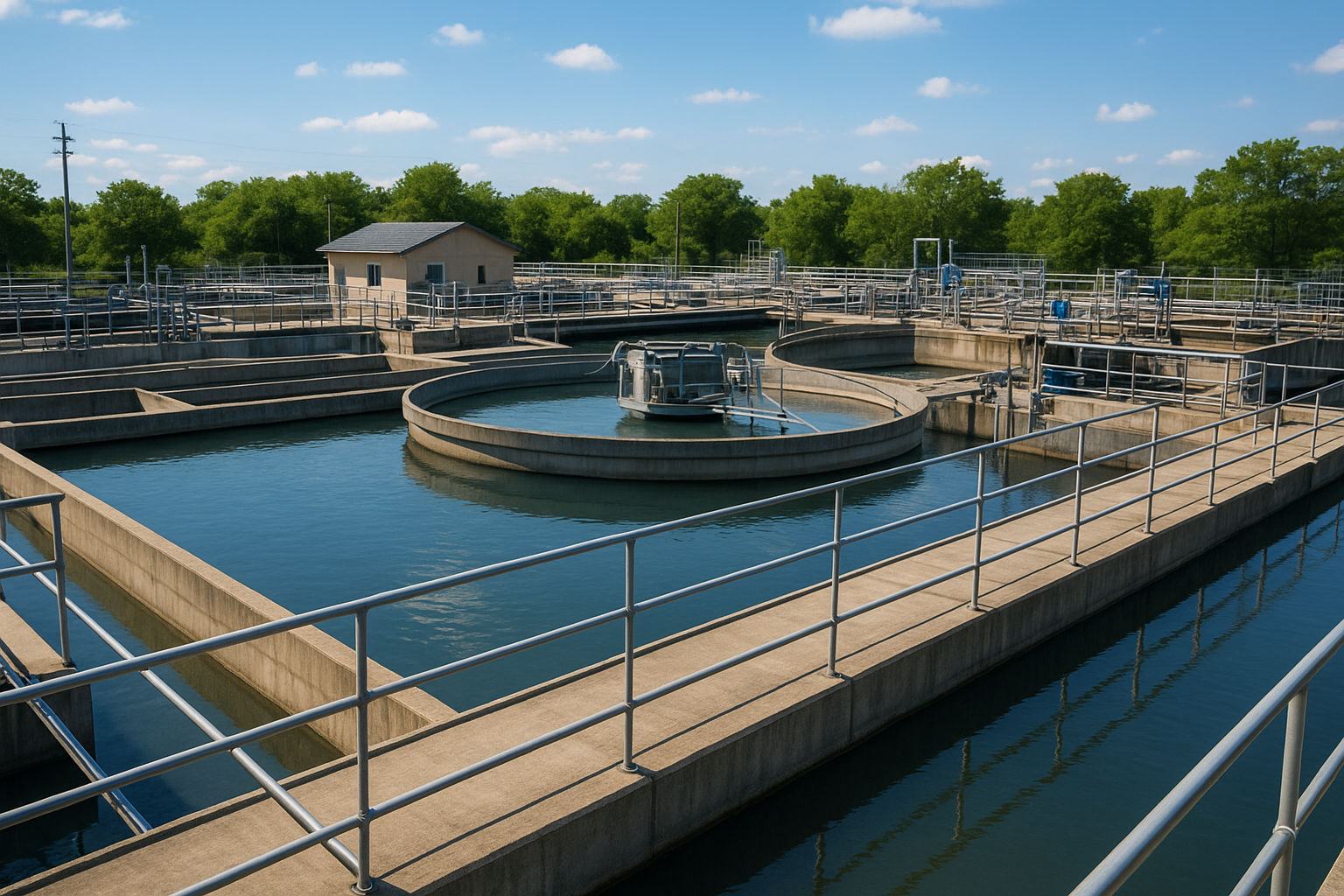Introduction
Water is a fundamental necessity, yet access to clean and safe water remains a challenge in many parts of the world. This is where Water Treatment Plants (WTP) play a crucial role. A water treatment plant is an essential infrastructure that removes impurities and contaminants from water, making it suitable for human consumption, industrial use, and environmental discharge.
In this comprehensive guide, we'll explore the importance of WTPs, their functioning, different types, benefits, and how they contribute to sustainable clean water solutions.
What is a Water Treatment Plant?
A Water Treatment Plant (WTP) is a facility designed to treat raw water from sources such as rivers, lakes, or underground reservoirs. The goal is to produce water that meets quality standards set by local and international regulations.
Water treatment involves several steps including:
- Screening
- Coagulation and flocculation
- Sedimentation
- Filtration
- Disinfection
Each stage ensures the effective removal of physical, chemical, and biological impurities.
Types of Water Treatment Plants
Water Treatment Plants vary based on application and water source. Here are the main types:
1. Drinking Water Treatment Plants
These WTPs focus on making water safe for human consumption. They utilize advanced filtration systems and disinfection methods like chlorination and UV treatment.
2. Industrial Water Treatment Plants
Used in manufacturing and production units, industrial water treatment systems help remove heavy metals, oils, chemicals, and other industrial pollutants.
3. Wastewater Treatment Plants (WWTP)
Also known as sewage treatment plants, these are designed to treat used water from homes, businesses, and industries before discharging it back into the environment.
4. Effluent Treatment Plants (ETP)
ETPs handle wastewater specifically from industrial processes and ensure it meets discharge norms.

Importance of Water Treatment Plants
- 1. Public Health Protection: Removing harmful microorganisms and chemicals prevents diseases
- 2. Environmental Conservation: Proper wastewater management reduces pollution in rivers and oceans.
- 3. Industrial Efficiency: Treated water is reused in industries, reducing water consumption and operational costs.
- 4. Regulatory Compliance:Businesses must meet local environmental and health regulations.
Key Components of a WTP
- 1. Intake Structures: Draw raw water from natural sources.
- 2. Pumps and Motors: Facilitate water flow throughout the system.
- 3. Coagulation Tanks: Help settle large particles using chemical coagulants
- 4. Clarifiers and Sedimentation Tanks:Separate solid wastes from water.
- 5. Sand and Carbon Filters:Critical filtration systems that remove fine particles and odors.
- 6. Disinfection Units:Use chlorine, ozone, or UV light to kill harmful pathogens.
Conclusion
Water Treatment Plants (WTP) are at the heart of global efforts to provide clean and safe water. From residential needs to industrial water treatment, WTPs serve as an indispensable part of our ecosystem. As technology evolves, the focus is shifting toward more sustainable, energy-efficient, and automated water purification systems.
Investing in a reliable WTP not only ensures access to potable water but also contributes to environmental conservation and sustainable urban development.